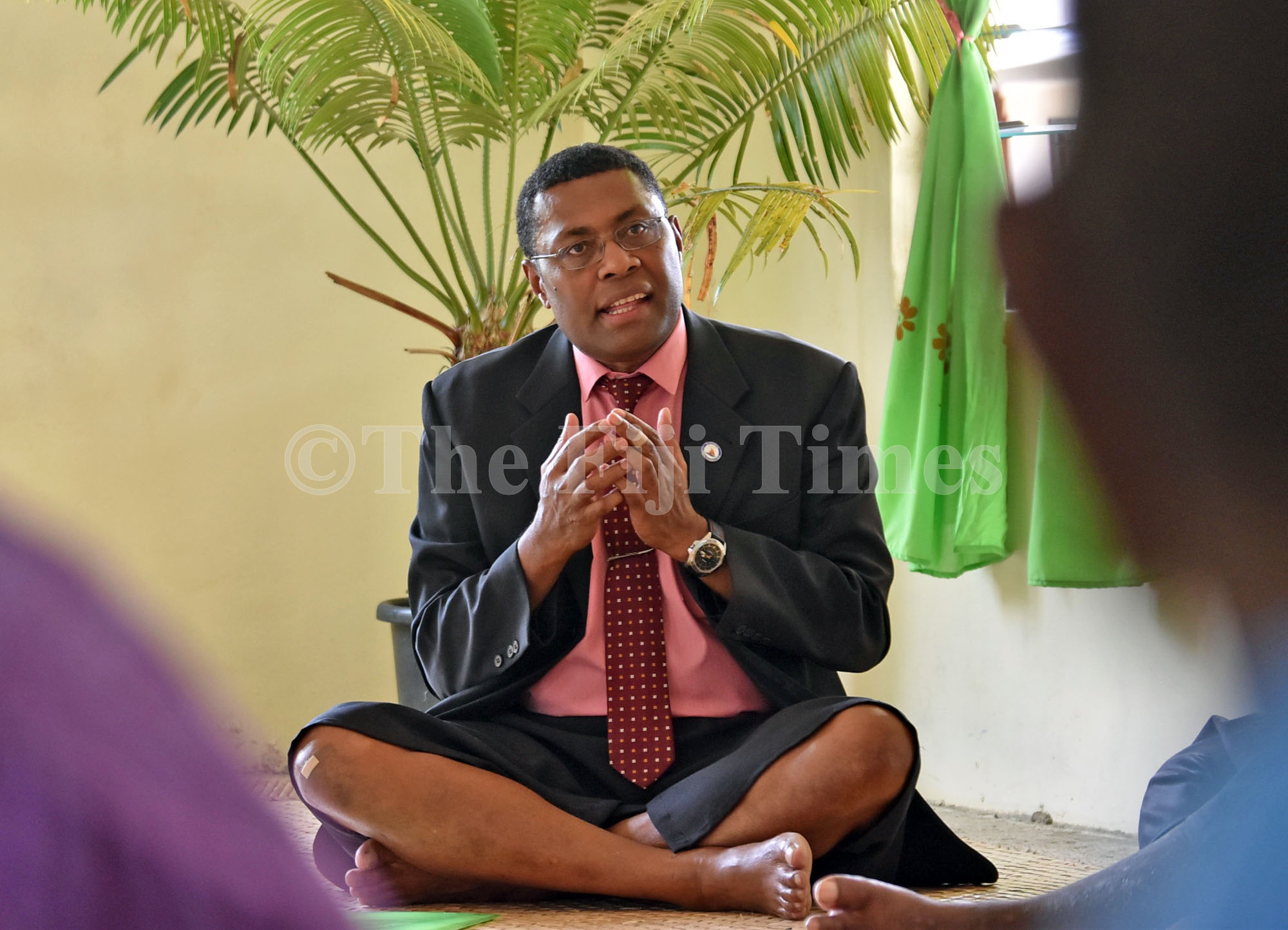The Ministry of Health has lost a significant portion of healthcare workers, which is affecting the ability to deliver health services in Fiji, says the permanent secretary for the Health Ministry Dr Jemesa Tudravu.
Speaking at the 30th Fiji College of General Practitioners Annual Conference 2024 yesterday, Dr Tudravu noted that from 2008-2023, the average number of doctors that exited from the public sector was about 30-31 per year.
He said in 2022-2023, the numbers increased to 176 and 104 respectively as doctors at the Lautoka Hospital transitioned to the HFC public/private hospitals in Ba and Lautoka.
He said from 2018-2023, the number of medical interns entering the service averaged 147 per year, where 103 become medical officers absorbed into the ministry, and about 44 exited into the private sector or abroad in the same period.
“Healthcare workforce that we have lost through migration, resignation and transition into the private sector, includes the nursing cadre, medical imaging technologists and laboratory scientists to name a few, as well as support services cadre such as IT officers,” Dr Tudravu said.
“Globally, WHO estimates that the worldwide shortage of healthcare workers will improve from 15 million in 2020, to 10 million in 2030.
“This is still a significant shortage and will continue to impact low income countries as high income countries entice health care workers with higher remuneration packages that we may not be able to emulate.
“This will have to be a consideration in our workforce development planning moving forward as it has implications on our ability to universal health coverage for our populations.”
He said government measures such as the increase in retirement age from 55 to 60 years, and the reviewing and approving salary adjustments were making an impact in the health workforce strength at the ministry, however the real challenge was ensuring there was an adequate number of doctors in the country and in the health system.
“The ministry is holding its workforce development planning soon and will be inviting important stakeholders to this discussion as we talk about how do we match the gap in our health services where we’d have enough health doctors around the country.
“What we want to do is look at vacancies particularly in the rural and remote facilities.
“We want our health workers to go out and fill those vacant positions.
“So we will be holding a workforce forum either in July or August to look at how we can match the gaps that we have right now.”



